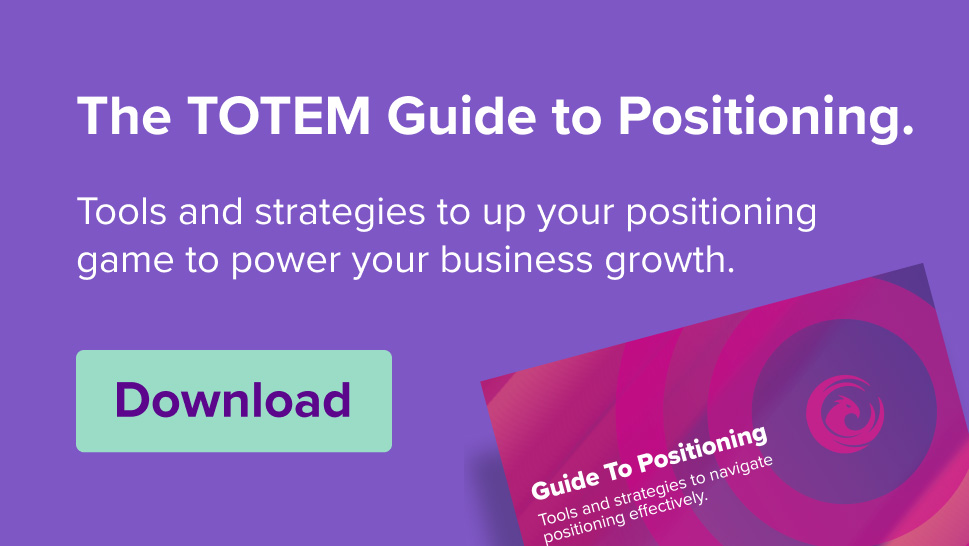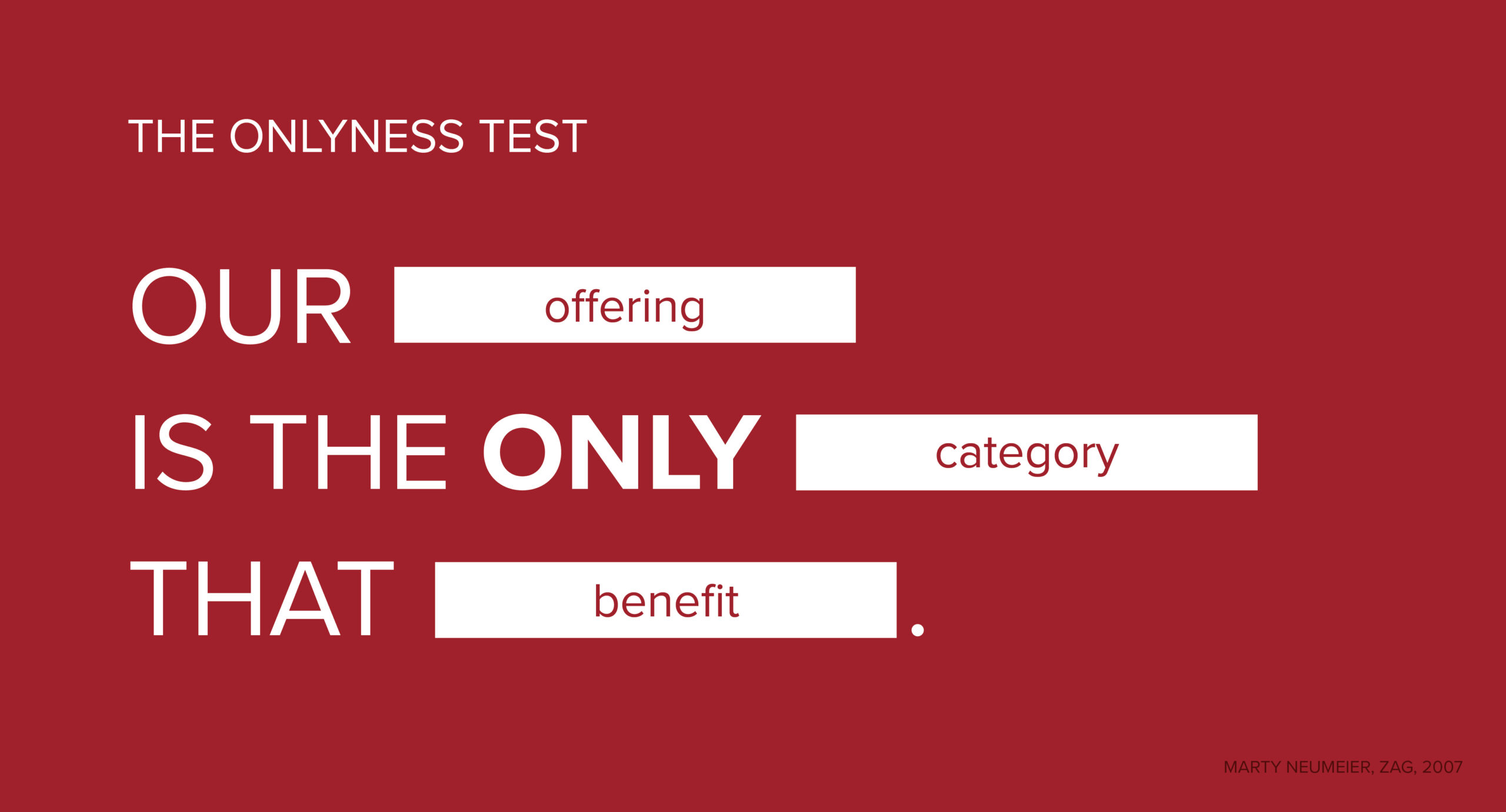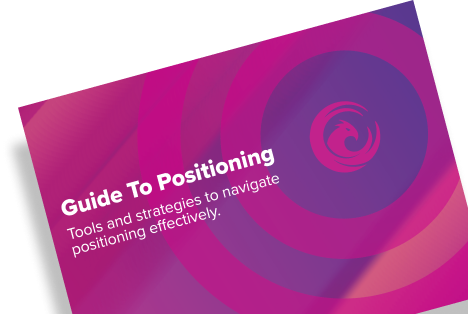Atomi Vox, outline three common issues that tend to spark conversations around repositioning and rebranding, that you need to be extremely CAREFUL of…
1. Sales are down – this can be a sign that your brand is not connecting, but there can be multiple reasons for short-term dips. You need to dive into the issues and really understand what’s driving the decline before proceeding.
2. A competitor just launched new branding – this is something you absolutely need to monitor and watch, to see if they’re going after your position and how their branding will disrupt the space. But be careful of a knee jerk reaction and rebranding for rebranding’s sake.
3. You think your brand looks tired – brands do need to be refreshed, but you need to be careful that it’s driven by customer insight rather than personal preference. It’s easy for us to tire of branding and messaging internally. We look at it day in, day out. But just because we are bored, doesn’t mean customers are. And doesn’t mean it isn’t delivering strategically.
What each of these three reasons has in common, is that they are NOT being driven by changes in what customers want or need from you.
Can you define your problem from a customer perspective? Why is the position you hold in their mind, strategically no longer the right fit for you?
These are the questions you need to focus on. That you should be asking yourself.




